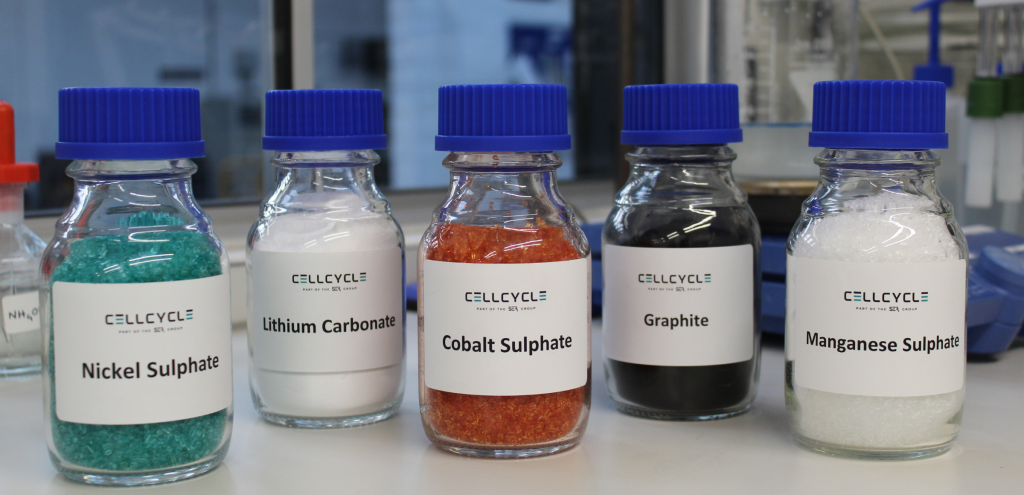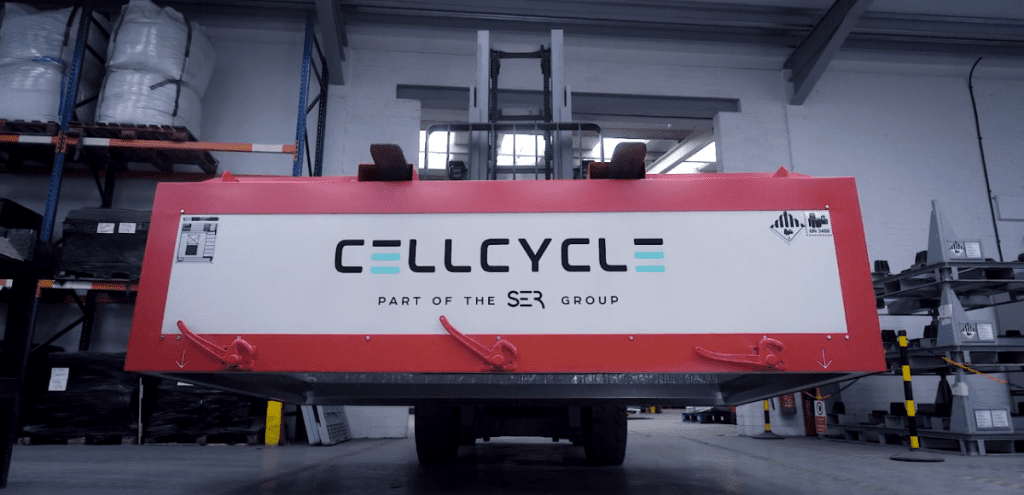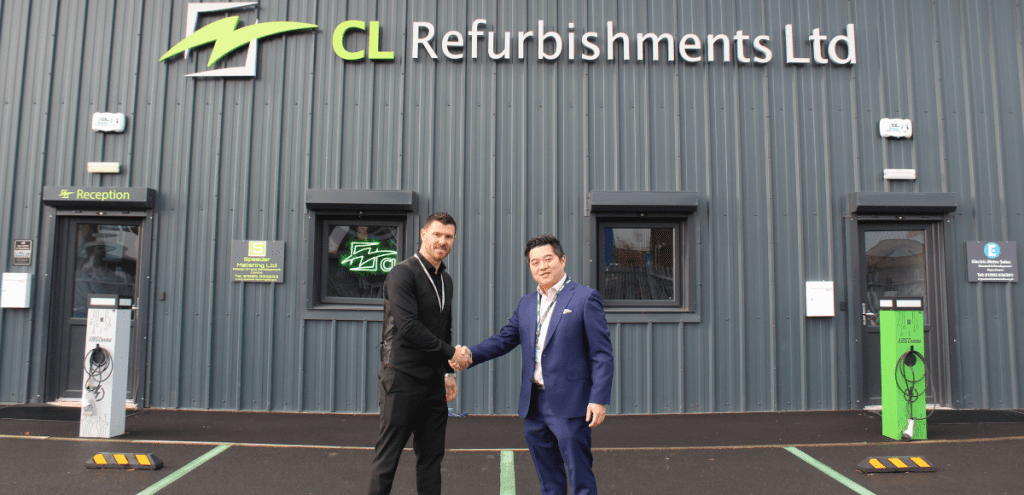As the world increasingly adopts renewable energy solutions and electric vehicles, proper lithium battery disposal becomes crucial. One significant aspect of disposal is the effective recovery of critical battery materials: Lithium (Li), Cobalt (Co), Nickel (Ni), Manganese (Mn), and Copper (Cu). Understanding these materials and their recovery processes can ensure more sustainable and responsible battery recycling.
Key Materials in Lithium Batteries:
- Lithium (Li): Central to the battery’s energy storage capabilities, lithium facilitates efficient charging and discharging cycles by moving ions between the anode and cathode. This process allows lithium batteries to store and release energy effectively.
- Cobalt (Co): Essential for maintaining battery stability and enhancing energy density, cobalt ensures longer life, performance reliability, and improved thermal stability, preventing overheating and improving overall safety.
- Nickel (Ni): Improves battery capacity and energy density, contributing to longer battery life and performance. Nickel also helps reduce the reliance on cobalt, which enhances cost-effectiveness and makes batteries more economically viable.
- Manganese (Mn): Adds critical structural stability to the battery’s cathode. It reduces risks associated with overheating by improving thermal management and ensuring safe and stable battery operation, particularly during intense usage.
- Copper (Cu): Crucial for conducting electricity efficiently within battery cells. Copper’s excellent electrical conductivity ensures the seamless transmission of energy throughout the battery, maintaining consistent performance and high efficiency.
Battery Material Recovery – Why It Matters:
Recovering these valuable materials during lithium battery disposal prevents environmental harm, mitigates resource scarcity, and reduces reliance on new raw material extraction. Battery material recovery supports a sustainable, circular economy model, minimizing ecological footprints and promoting resource efficiency.
Cellcycle’s LithiumCycle™ Battery Recovery Process:
At Cellcycle, we’ve innovated with our proprietary LithiumCycle™ process, designed specifically to recover critical battery materials sustainably. Utilizing advanced bio-based techniques, our LithiumCycle™ process ensures efficient battery material recovery from end-of-life lithium batteries.
Benefits of the LithiumCycle™ Process:
- Enhanced Recovery Rates: Achieves superior extraction efficiency of Li, Co, Ni, Mn, and Cu.
- Eco-Friendly Process: Employs bioleaching, reducing the environmental impact compared to traditional recycling methods.
- Scalable Solutions: Designed for adaptability and scalability, efficiently addressing the growing battery disposal needs.
- Research-Driven Innovation: Developed in collaboration with Coventry University and supported by Innovate UK, demonstrating a robust scientific foundation.
With the LithiumCycle™ process, Cellcycle ensures responsible lithium battery disposal and efficient battery material recovery, contributing to sustainable industry practices and environmental stewardship.
For more details on our innovative LithiumCycle™ process, visit here.


